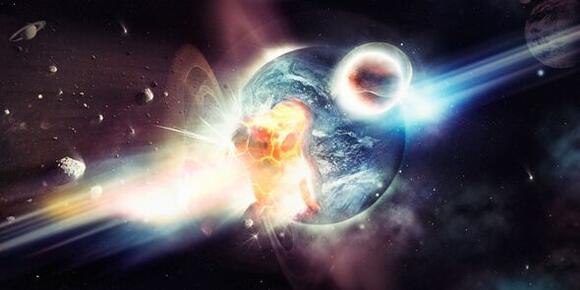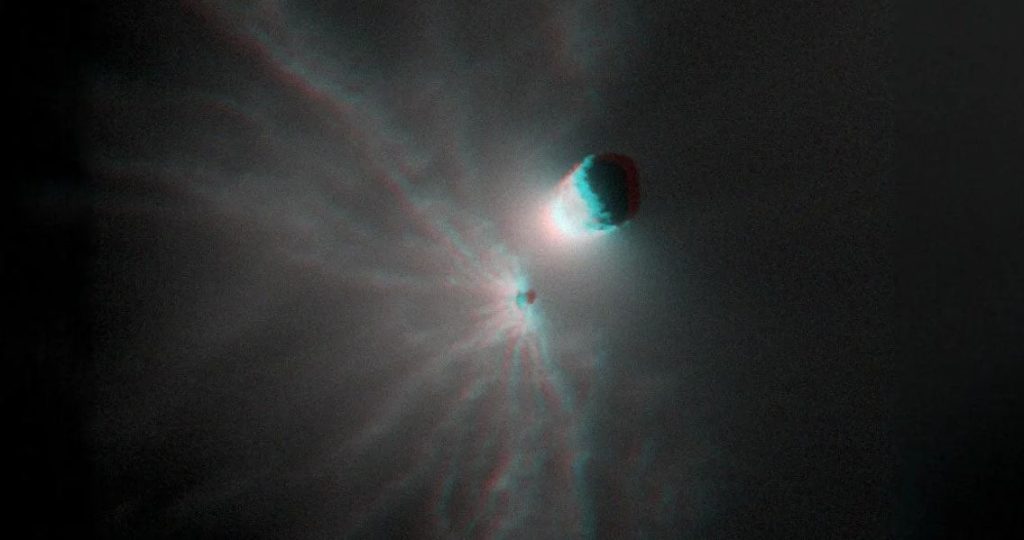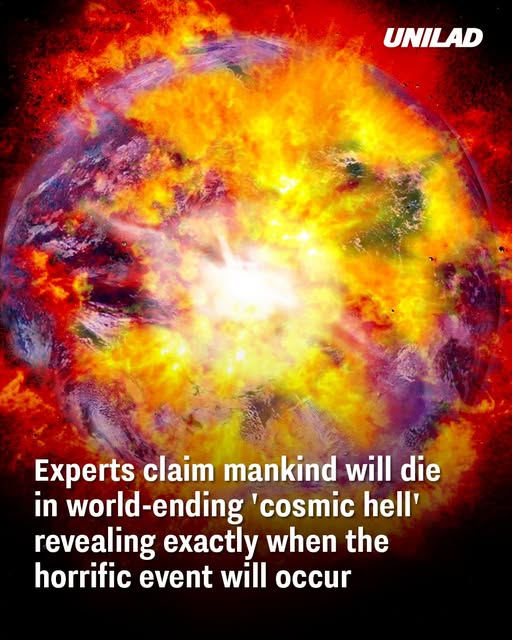Talk of the world coming to an end is never far from the headlines, but when experts weigh in, it stirs even more intrigue. While no one knows for sure when humanity will cease to exist, some cosmologists are revisiting one of the more dramatic theories: the universe collapsing in on itself, often called the “Big Crunch,” or more sensationally, a “cosmic hell.”
What Is the Big Crunch Theory?
The Big Crunch hypothesis posits that the universe—which began with a rapid expansion termed the Big Bang—might someday slow, halt, and reverse. Instead of drifting apart forever, space itself would contract, drawing galaxies, stars, planets, and ultimately everything back into a dense singularity. This terminal collapse would culminate in an extreme, fiery environment—urged by critics to be a literal cosmic inferno.

Scientists Bring the Prediction into Sharp Focus
Recent work—carried out by researchers at Cornell University—has aimed to pinpoint when the Big Crunch might begin. Though dark energy currently propels universal expansion, some theorists suggest it’s gradually weakening. If that’s the case, the outward push could stall in billions of years. In media interviews, physicist Henry Tye estimated the collapse will start in roughly 11 billion years and conclude over another 8.5 billion years, placing total collapse around 19.5 billion years from now.
Will Humans Be Aware of It?
Astronomers like Dr. Hoang Nhan Luu of the Donostia International Physics Center explain that intelligent civilizations within solar or galactic systems likely wouldn’t perceive any immediate, noticeable changes—as the Big Crunch unfolds over unimaginably long timescales. Any measurable phenomena, such as temperature shifts, would be subtle until very near the end of the process.
Cosmic Heat: The Final Warning Sign
One of the few potential early indicators might be a gradual rise in the cosmic background temperature. According to theorists, in the last stages of the crunch, the universe could heat up to reach temperatures comparable to the Sun’s surface. At that point, even advanced civilizations would be utterly unable to survive. Avi Loeb, an astrophysicist at Harvard University, warned that “all humans will burn up in the furnace of this cosmic hell”
Preparing for the Distant Future
While billions of years may sound infinite to us, cosmologists like Tye believe intelligent species may need to plan early. He envisions that if humanity is still around that far into the future, our best path to survival would involve moving toward the outskirts of our solar system—or even beyond—to escape the eventual collapse.
Why Revisit the Theory Now?
Though the Big Crunch concept fell out of favor after scientists discovered dark energy in the 1990s—which seemed to guarantee perpetual expansion—more recent work suggests that dark energy might not remain strong forever. Some astrophysicists, including Mustapha Ishak-Boushaki, argue that expansion is decelerating slowly; if that trend continues, a collapse becomes scientifically plausible again
The Takeaway: Don’t Panic… Yet
Ultimately, while the idea of cosmic collapse makes for sensational headlines, it’s no imminent threat. The predicted timeline spans tens of billions—practically unimaginable timeframes. According to current understanding, there is no cause for alarm in our lifetimes or even many generations to come.

Summary
- Theory: The Big Crunch could reverse cosmic expansion and culminate in extreme collapse.
- Timeline: Begins in about 11 billion years, ending around 19.5 billion years from now.
- Awareness: Changes would be imperceptible to civilizations until near the final stages.
- Final warning: Rising universal temperature might signal collapse in progress.
- Human survival: Possible only through migration far beyond Earth, billions of years in the future.
- Scientific reassessment: Modern data on dark energy may open the door for reconsidering the theory.
While the notion of cosmic doom casts a shadow over humanity’s future, it remains a remote and highly speculative scenario—tied more to theoretical exploration than anything practical for us today.

















